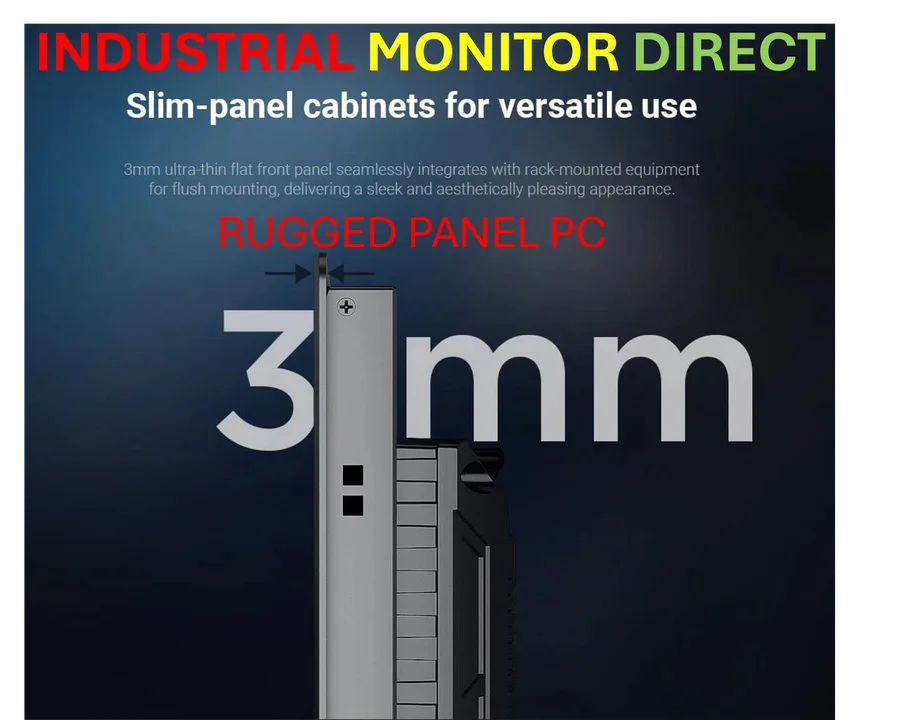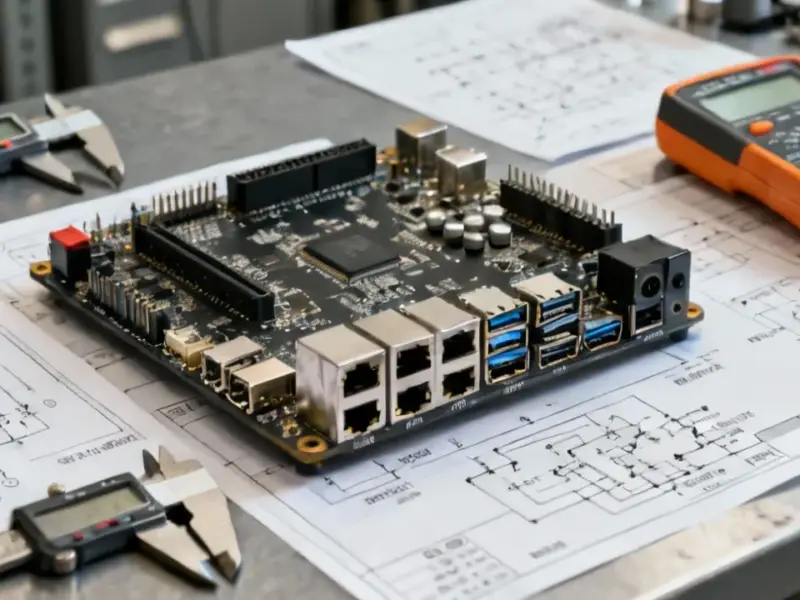According to XDA-Developers, AMD’s October 29th Adrenalin driver 25.10.2 release notes initially stated that new game support and Vulkan extensions would only be available for RX 7000 and 9000 series GPUs. This sparked immediate concern, leading AMD to tell German publication pcgameshardware.de that RX 5000 and 6000 series cards were entering “maintenance mode” with only security and critical bug fixes. Following community backlash, AMD clarified to Tom’s Hardware on November 2nd that “maintenance mode” would include new features and game optimizations based on “market needs.” The company then published a blog titled “Continued Support for Every Radeon Gamer” attempting to reassure customers, but the damage to consumer trust was already done.
AMD’s Confusing Backpedal
Here’s the thing about AMD’s response: it feels like corporate damage control rather than genuine reassurance. The initial statement to pcgameshardware.de was pretty clear – RDNA 1 and 2 were getting downgraded support. Then suddenly after community outrage, they’re telling Tom’s Hardware that everything’s fine and optimizations will continue. Which is it? The fact that they had to issue multiple clarifications suggests they weren’t prepared for how badly this would land with their customer base.
And let’s talk about that “market needs” language. When should market needs determine whether your still-capable hardware gets proper driver support? RDNA 2 GPUs launched in late 2020, and you could still buy new RX 6000 cards as recently as this year. These aren’t ancient relics – they’re perfectly capable of handling modern games. Basically, AMD built their reputation on offering better longevity through extra VRAM and now they’re pulling the rug out from under that very promise.
The Nvidia Comparison
Now compare this to Nvidia’s approach. The green team just ended support for GTX 10 series cards this month – hardware that launched back in 2016. They’re still providing security updates through 2028 for Maxwell, Pascal, and Volta architectures. RTX 20 series cards from 2018? Still getting full Game Ready driver support. That’s seven years and counting versus AMD’s questionable five-year commitment to RDNA 2.
It’s not just about the timeline though. Nvidia’s communication around driver support has been consistently clear. There’s no “market needs” qualification – either your card gets support or it doesn’t. AMD’s vague language leaves the door open for them to scale back support whenever they feel like it, and that uncertainty undermines consumer confidence.
AMD’s Broken Value Proposition
This whole situation hits at the heart of why many people choose AMD in the first place. The company has built its brand around offering better long-term value. Remember all those marketing campaigns about extra VRAM ensuring your card would age better? Well, what good is that extra VRAM if the drivers stop getting meaningful optimizations?
I can’t help but wonder if this is a calculated business decision. Maybe AMD sees an opportunity to push more people toward RDNA 3 and 4. But that’s short-term thinking that could cost them loyal customers. The people buying RDNA 2 cards were often making a conscious choice to support the underdog. Treating them like second-class citizens now seems like a great way to lose that goodwill.
The Trust Problem
Look, I get that companies need to eventually sunset support for older hardware. But there’s a right way and a wrong way to do it. AMD’s approach here has been messy at best and deceptive at worst. The author of the original piece mentions they love their RX 9070 XT but now worry about how long it will be supported. That’s exactly the kind of doubt you don’t want customers having about your current products.
So where does this leave us? AMD says they’ll continue supporting RDNA 1 and 2, but the trust has been damaged. When your next GPU purchase comes around, are you going to bet on the company that almost abandoned cards that are still being sold new? Competition in the GPU space is crucial, but AMD needs to understand that trust is just as important as performance numbers.




